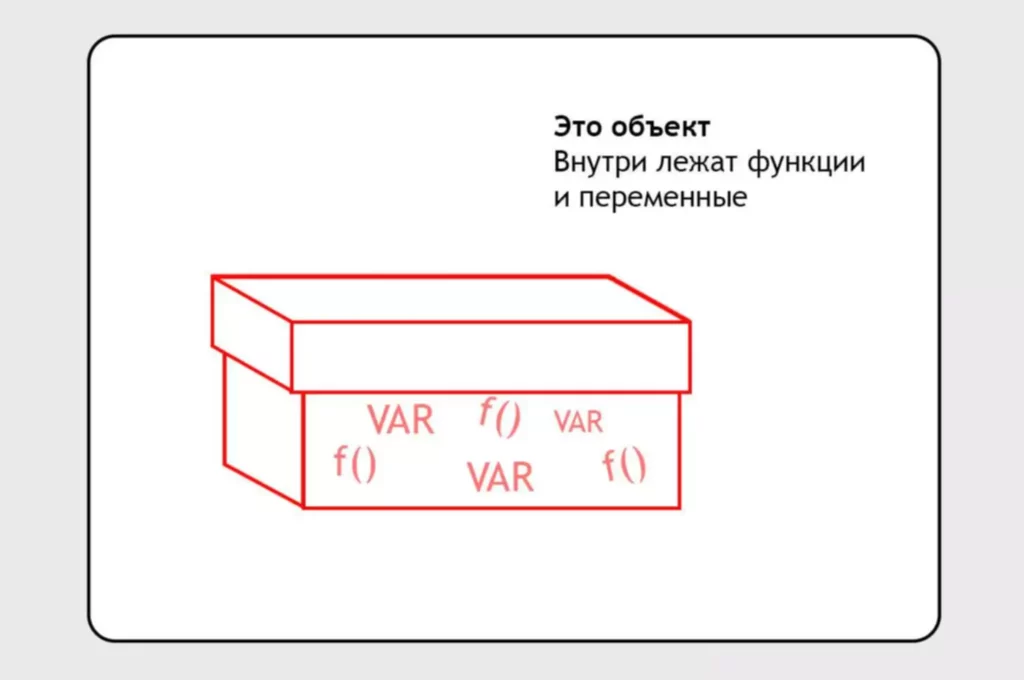That means ORM routinely creates courses based mostly on database tables, and vice versa can also be true. It can even generate the required SQL to create the database based mostly on the courses. This command creates a new migration named InitialCreate that accommodates the mandatory code to create the preliminary database schema primarily based in your entity lessons.
Features

Knowledge suppliers built with ADO.NET permit developers to attach on to information sources and retrieve and handle information. This way, ADO.NET acts as a bridge between purposes and the database backend. It is probably the most efficient and easy methodology of accessing information throughout the .NET framework. One of the key advantages of Entity Framework is that it allows builders to work with knowledge as domain-specific objects and properties.
- Plus, it’s cross-platform, so you can use it on Home Windows, macOS, and Linux.
- Scaffolding is a reverse engineering technique that allows us to create entity lessons and a DbContext based mostly on the schema of a database.
- This method offers better control over when queries are executed and yields optimized results for additional processing.
- With its intuitive code-first strategy, you can outline your database fashions utilizing C# courses and attributes.
- It is a collection of related entities stored as a generic collection (such as List).
Reference Navigation Properties
Some of the instructions we’ll be working in this video embody dbcontext scaffold, migration add, and database update. These instructions will permit us to create and execute a database migration that adds a Folks table, which might be accessible with our Particular Person class. Entity Framework Core (EF Core) is an open-source object-relational mapping (ORM) framework that allows developers to work with databases in a extra intuitive and environment friendly method. It is a powerful device for building purposes that need to retailer and retrieve data, and it’s the really helpful ORM for working with databases in .NET Core. Functions that have to entry massive volumes of information from a database in a structured format profit significantly from EF Core. Whether Or Not you’re constructing a listing management system, buyer relationship administration (CRM) software, or data evaluation platform, EF Core simplifies the process what is entity framework in asp.net of querying and updating information.
What Is An Orm
It is designed to work with .NET Core and .NET Framework functions and provides an Object-Relational Mapper (ORM) that enables .NET developers to work with a database using .NET objects. It eliminates most of the data-access code that builders usually want to put in writing. The tools package allows us to execute commands that help us structure our answer and alter our database.
This command applies the pending migration to the database and updates the schema accordingly. Define the Consumer and Product classes with properties representing the columns in the database. The DbContext retains references to all retrieved entities and tracks their states. This course of, known as Change Tracking, ensures proper administration of all modifications to entity properties. Each scalar property corresponds to a column within the database table, storing actual knowledge.
The .NET application resides on this layer and interacts with EF Core primarily through the DbContext class. This lets you hold observe of changes to your information models, so you can see what’s been added, up to date, or deleted. It’s like having a detective who keeps tabs on every thing that occurs to your knowledge.
Plus, it’s https://deveducation.com/ cross-platform, so you should use it on Windows, macOS, and Linux. An ORM (Object-Relational Mapper) is used to work together with a database utilizing an object-oriented programming language. ORMs allow builders to work with databases using acquainted, object-oriented ideas, rather than writing uncooked SQL statements.
These methods are important as a result of they permit deferring the execution of queries until the actual outcomes are requested. Additionally, they convert the outcomes into convenient knowledge structures corresponding to lists, dictionaries, or arrays that can be easily used in the utility. This method offers better control over when queries are executed and yields optimized outcomes for additional processing.

Entity Framework was launched in 2008 alongside .NET Framework three.5 SP1. It is a stable, feature-rich, open-source technology, but restricted to Windows. At the tip of the day, EF Core is a great device, but it’s not a silver bullet. You’ve Got got to weigh the pros and cons and resolve if it is the right selection in your project. If you’re constructing an app that multiple users will be using on the same time, you should take into consideration concurrency.
In EF Core, you possibly can carry out this operation by putting in the NuGet package deal Microsoft.EntityFrameworkCore.Design in addition to the EF Core package of the database supplier you’re using. Hiya everyone, within the earlier article, we offered an summary of the means to access knowledge from our database by way of ADO.NET. Most of the time, we can’t use ADO.NET in our functions; as an alternative, we’ll use an ORM (Object Relational Mapper), and in .NET Core, probably the most generally used one is Entity Framework Core. To configure the DbContext, you want to create a class that inherits from the DbContext class and overrides the OnConfiguring method.
This supplies detailed control over the mapping between the entity class and the database table. Migrations are a system for updating the database schema and keeping observe of ongoing modifications to it. In fact, after creating the first migration, you will see a table named EFMigrationsHistory is created.
For instance, a Overseas Key column in one desk that links to the Main Key of another desk is a Reference Navigation property. When calling the SaveChanges() technique, Entity Framework executes INSERT, UPDATE, or DELETE commands based mostly on the state of entities. The Change Tracker monitors entity states and ensures that solely modified data is saved to the database. The method I see it (but I might be wrong), EF Core is a pretty large deal as a outcome of it saves you time and effort. You can focus extra on building your app and fewer on the nitty-gritty of database administration.
Ef Core Todolist Application
It will allow you to confidently integrate EF Core into your .NET functions. Use the EF Core Database First Strategy when you have an present database and database tables are already there. In the database-first method, the EF Core creates the DBContext and Domain Lessons based mostly on the existing database schema. This strategy is suitable for situations where the application code doesn’t control the database schema or when working with existing databases. For a better understanding, please have a look at the following diagram. ORM permits developers to work with knowledge by method of objects quite than tables and columns.
Leave a Reply